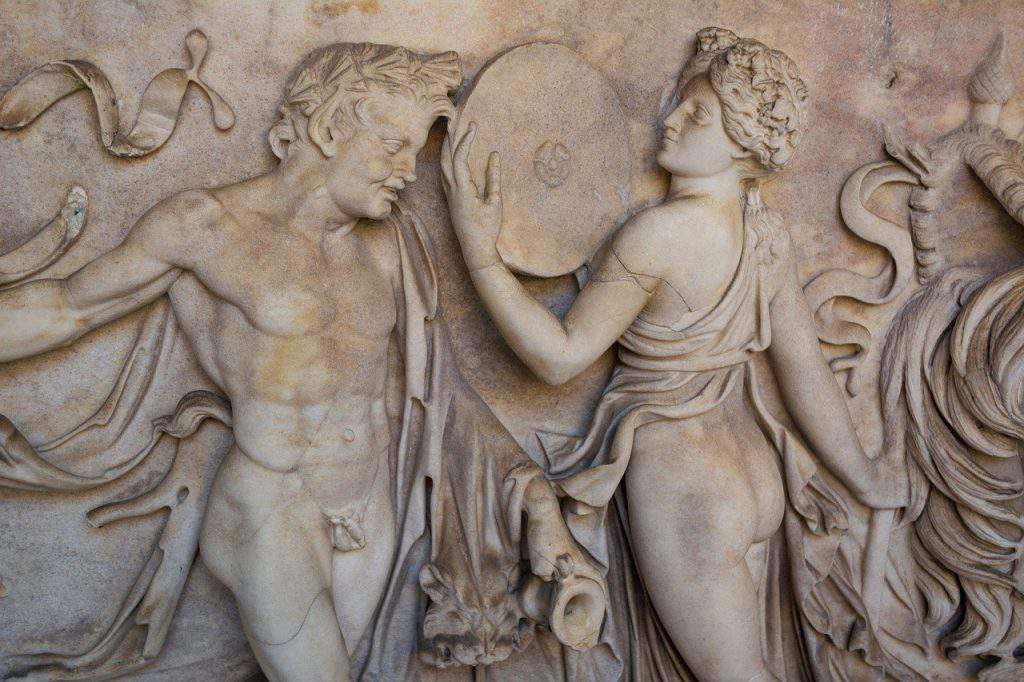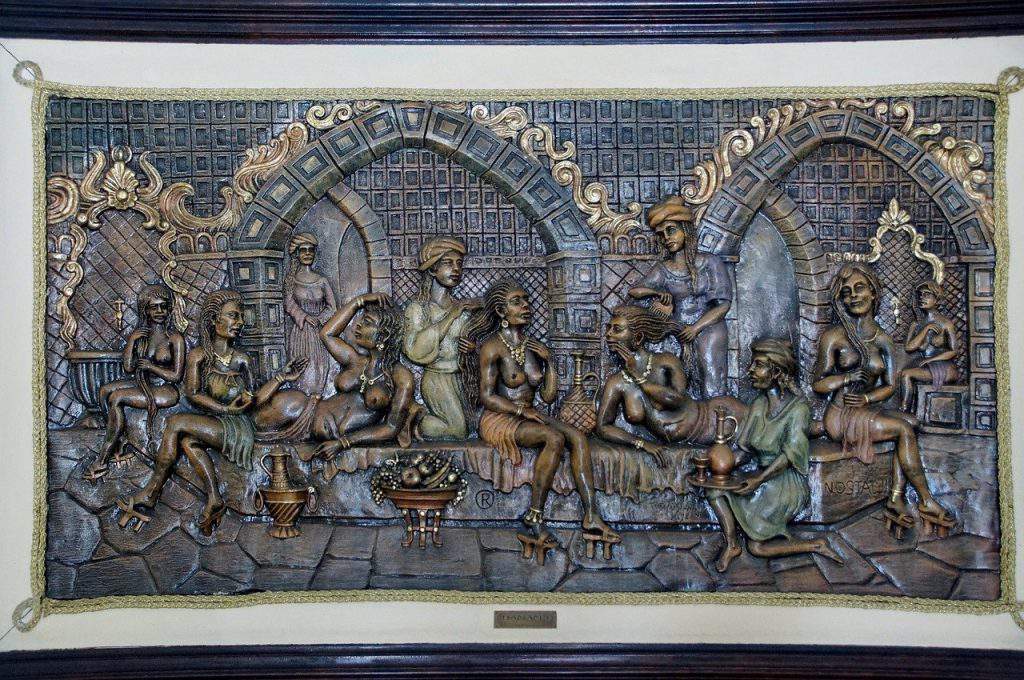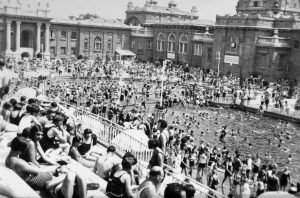The history of Hungarian thermal baths and bathing culture

As we like to say: Hungary is a “bathing world-power”. The statement is true, but how did the country get there, when were the first baths built in the Carpathian Basin? The ruins of the Roman Empire and the architectural relics of the Ottoman Empire remind us of the wonders of the past. Termalfurdo.hu did some research on Hungarian thermal history.
First came the Romans
The Roman civilian culture left its mark in most fields of life. This was the case with bathing and cleaning habits. Bathing was an important part of the Roman lifestyle, which wasn’t only a refreshment for the body and soul, but it was also the venue of lively social life.
The bathing culture was introduced to Pannonia by the soldiery, and they were the firsts to build baths in the region. For instance, the military and civilian part of Aquincum were both rich in baths, out of these the remains of Therma Maiore can still be admired at Flórián Square.
Several private baths were built by wealthy Romans in their mansions. Out of these, the remains of one lie in the depth of Hajógyári Island. The richest Roman proprietaries built separate bathing complexes. All in all, archaeologists found the remains of 15 baths in the region of the onetime Pannonia.

Hungarians built hospitals in the early middle ages
Back in the day, people only found out about waters that burst to the surface by themselves. The news about the potential curing effects of these waters also spread slowly, so baths were built independently from each other, even though they used the same source.
This is how the Roman conquerors and the rulers of the Árpád era built their baths. Unfortunately, we know very little about the latter, but one thing is for sure, their work wasn’t the development of the Roman bathing culture. Baths in the time of the Árpáds were definitely connected to curing, not social life. Chronicles and charters testify their presence, but there are also visible memories.
According to writings, the springs at the feet of Gellért Mountain were the thermal suppliers of the lower thermal springs district, while the springs in the neighbourhood of Rózsadomb were the nurturers of the basins of the upper thermal springs. Today’s Gellért Bath was built in the centre of the former one. According to records, Saint Elizabeth healed lepers and lazars there. So in the Hungarian early middle ages, thermal springs were used, but baths weren’t developed.
The positive increment of the Turkish rule
The Hungarian bath culture started flourishing with the Turkish era. The three thermal baths, ilicas of Buda then were kept count of as real sights among contemporaries. Kucsuk ilica (today’s Rác Bath) was closest to the castle district, but the ancestor of today’s Rudas Bath, the green columned ilica was also close. The third was a lower category, open air bath.
The building of baths is connected to Pasha Sokollu, who led Buda for 12 years and wanted to make the city a stable military centre and a liveable Turkish city. If we look at Turkish baths, it turns out that they were built on well-known, occupied springs used for bathing, or existing baths and hospitals at other times. They also built baths on the remains of putrefied Christian buildings, which is attested by the rock lions of Király Bath, that were most likely not carved by the Turks.

Used by Hungarians at night
The Turkish didn’t only lay down the basis of thermal baths, but also introduced people to the tricks of “wellness” treatments. Massages and the use of different creams and oils were an essential part of Turkish baths. And even though Hungarians were in doubt in the beginning, if they had the chance, they were happy to enjoy the treatments. But they didn’t have too many chances, because only the Turks were allowed to use the baths in the day, Hungarians only went there at night-time. Even though the most popular Turkish bath monuments are found in Buda, there are several others in cities like Pécs, Gyula and Eger.
The scientific examination of thermal springs
So Hungary’s thermal springs were already used and baths were already built in ancient Roman times and medieval Turkish times. However, scientists only started examining the chemical compounds of medical waters much later. The knowledge of the curing powers of waters was based on experiences. Scientific research only started in the second part of the 18th century on the track of Lőrinc Stoker, Jusztusz Torkos and József Manes. The results of their work and the conscious enjoyment of baths came with the peaceful 18th century after the Turkish world.

Széchenyi Bath in 1930 – Photo: www.fortepan.hu
Copy editor: bm
Source: http://www.termalfurdo.hu/






[…] statue and Grand Hall beautiful wall & floor mosaics. Budapest has a long history of thermal bathing. There are several you can choose from so it comes down to which suits your needs and perhaps […]
[…] Bathtime in Hungary is very serious business. If you travel to Budapest and don’t swim in the indoor and outdoor pools of Szechenyi Baths, you may as well have never visited the country at all. First introduced by the Romans, thermal baths became an integral part of the city’s culture during Turkish rule. […]
[…] Bathtime in Hungary is very serious business. If you travel to Budapest and don’t swim in the indoor and outdoor pools of Szechenyi Baths, you may as well have never visited the country at all. First introduced by the Romans, thermal baths became an integral part of the city’s culture during Turkish rule. […]